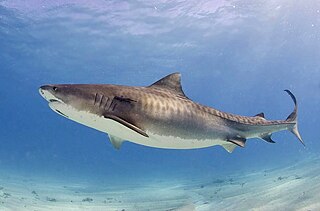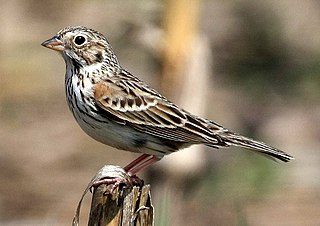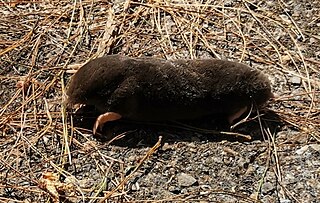
Asteraceae is a large family of flowering plants that consists of over 32,000 known species in over 1,900 genera within the order Asterales. The number of species in Asteraceae is rivaled only by the Orchidaceae, and which is the larger family is unclear as the quantity of extant species in each family is unknown. The Asteraceae were first described in the year 1740 and given the original name Compositae. The family is commonly known as the aster, daisy, composite, or sunflower family.

The order Lamiales are an order in the asterid group of dicotyledonous flowering plants. It includes about 23,810 species, 1,059 genera, and is divided into about 25 families. These families include Acanthaceae, Bignoniaceae, Byblidaceae, Calceolariaceae, Carlemanniaceae, Gesneriaceae, Lamiaceae, Lentibulariaceae, Linderniaceae, Martyniaceae, Mazaceae, Oleaceae, Orobanchaceae, Paulowniaceae, Pedaliaceae, Peltantheraceae, Phrymaceae, Plantaginaceae, Plocospermataceae, Schlegeliaceae, Scrophulariaceae, Stilbaceae, Tetrachondraceae, Thomandersiaceae, Verbenaceae.

Genus is a taxonomic rank above species and below family as used in the biological classification of living and fossil organisms as well as viruses. In binomial nomenclature, the genus name forms the first part of the binomial species name for each species within the genus.

Galeocerdo is a genus of ground shark. Only a single species, G. cuvier, the tiger shark, is extant. The earliest fossils date back to the early Eocene epoch, (Ypresian), around 56–47.8 Million years ago. While historically considered a member of the requiem shark family Carcharhinidae, it is currently considered to be the only member of the family Galeocerdonidae. While this genus was historically considered diverse, including 21 extinct species, morphometric analysis conducted in 2021 suggested that the diversity of the genus included only 5 extinct species much lower than previously assumed. The oldest fossils of the extant G. cuvier date to the middle Miocene.

The vesper sparrow is a medium-sized New World sparrow. The only member of the genus Pooecetes, it is a pale sparrow with brown streaks that breeds across the grasslands of northern North America. It migrates to winter in the southern United States and Mexico.

The wattle-necked softshell turtle, also commonly known as Steindachner's soft-shelled turtle, is an endangered Asian species of softshell turtle in the family Trionychidae. The species is the only member of the genus Palea.

Heteroconchia is a taxonomic infraclass of diverse bivalve molluscs, belonging to the subclass Autobranchia.

Helotiales is an order of the class Leotiomycetes within the division Ascomycota. The taxonomy within Helotiales has been debated. It has expanded significantly as genomic techniques for taxonomical identification have become more commonly used. As of February 2020, the order is estimated to contain 30 accepted families, 519 genera, and 6266 species.

Neritidae, common name the nerites, is a taxonomic family of small to medium-sized saltwater and freshwater snails which have a gill and a distinctive operculum. The family Neritidae includes marine genera such as Nerita, marine and freshwater genera such as Neritina, and freshwater and brackish water genera such as Theodoxus.
The mouselike pipistrelle is a species of vesper bat in the family Vespertilionidae. It is found in Cameroon, Republic of the Congo, Democratic Republic of the Congo, and Gabon. Its natural habitats are subtropical and tropical dry and moist lowland forests.
The Sulawesi forest turtle is a critically endangered species of turtle in the family Geoemydidae. The species is monotypic within the genus Leucocephalon. It is endemic to Sulawesi in Indonesia.

Kloss's mole is a species of mammal in the family Talpidae. It is found in Laos and Thailand. It was named after zoologist C. Boden Kloss.

The long-nosed mole is a species of mammal in the family Talpidae. It is endemic to China, where it has a widespread distribution.

The long-tailed mole is a species of mole in the family Talpidae. It is found in China, Vietnam and Myanmar.

The Levant mole is a species of mammal in the family Talpidae. It is found in Armenia, Azerbaijan, Georgia, Russia, and Turkey.

Enidae is a family of air-breathing land snails, terrestrial pulmonate gastropod mollusks.

iNaturalist is an American 501(c)(3) nonprofit social network of naturalists, citizen scientists, and biologists built on the concept of mapping and sharing observations of biodiversity across the globe. iNaturalist may be accessed via its website or from its mobile applications. iNaturalist includes an automated species identification tool, and users further assist each other in identifying organisms from photographs and even sound recordings. As of 9 July 2024, iNaturalist users had contributed approximately 197,660,888 observations of plants, animals, fungi, and other organisms worldwide, and 290,007 users were active in the previous 30 days.

Givans Creek Woods is a 10.73-acre (4.34 ha) wooded area near Co-op City in The Bronx, New York City.

Amanita mairei is a species of fungus belonging to the family Amanitaceae named after French botanist and mycologist René Maire.

Amanita submembranacea is a species of fungus belonging to the family Amanitaceae.


















